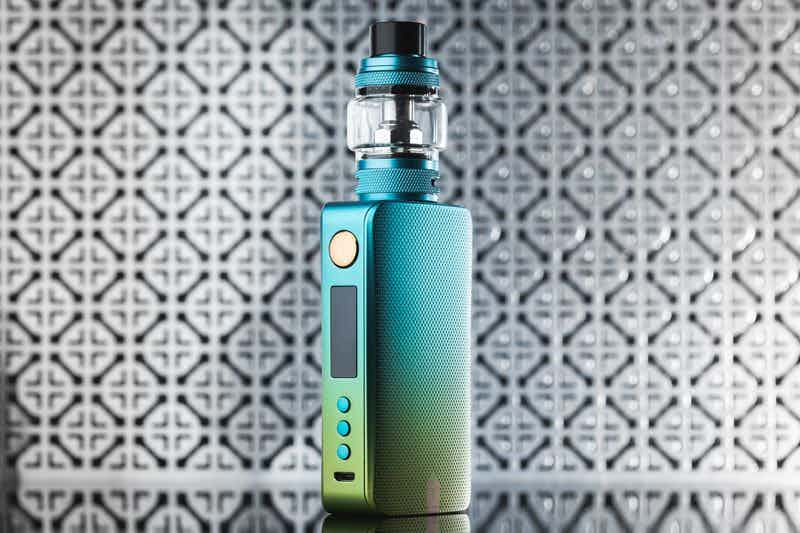Introduction: Understanding the Dry Hit Phenomenon
Vaping has gained immense popularity, but it isn’t without its challenges. One of the most common complaints among vapers is the dreaded dry hit. For those unfamiliar, a dry hit occurs when a vaper inhales vapor that tastes burnt or harsh, often due to insufficient e-liquid being heated by the coil. This phenomenon can be frustrating, especially for new users. In this article, we will explore
why some vapers experience dry hits more often
than others, examining the factors that contribute to this issue.
The Role of E-Liquid Viscosity
The viscosity of the
e-liquid
plays a significant role in preventing dry hits. E-liquids with higher VG (vegetable glycerin) content tend to be thicker than those with higher PG (propylene glycol) content. Thicker liquids may not absorb into the wick as efficiently, leading to dry hits, especially in sub-ohm setups. Vapers using high-VG liquids must ensure their wicks are adequately saturated before puffing. This is particularly important for beginners, who might not realize how viscosity affects their vaping experience.
Wicking Material Matters
The material used in wicking is crucial. Common wicking materials include cotton, silica, and ceramic. Cotton is favored for its excellent absorption properties, but it can become dry quickly if not adequately saturated. If the cotton wick isn’t properly primed during setup, it will experience hot spots, leading to dry hits.
Vapers should consider the type of wicking material
they use and ensure it’s compatible with their preferred e-liquid viscosity.
Coil Resistance and Wattage
The
coil resistance
and the wattage settings can greatly influence the chances of experiencing dry hits. Lower resistance coils heat up faster and require more e-liquid to keep up with their heating needs. If a vaper is using a high-wattage setting with a low-resistance coil but doesn’t take puffs frequently enough, the cotton may not keep up, leading to that burnt taste. It’s essential to balance wattage and let the device cool between puffs to maintain a consistent flow of e-liquid to the coil.
Frequency of Use and Chain Vaping
Chain vaping, or taking multiple puffs in quick succession, can lead to dry hits for various reasons. If you take several puffs without allowing the wick to recharge with liquid, it becomes dry and may burn. Additionally, inhaling too deeply can also limit the amount of e-liquid reaching the coil. Regular vapers should practice mindfulness when they vape. It can help to allow a short rest period between puffs to let the coil and wick re-saturate.
Device Maintenance and Cleaning
A neglected vaping device can also lead to dry hits. Regular maintenance is essential for optimal performance. Dirty coils or wicks can impede e-liquid flow and cause uneven heating. The buildup of residue on the coil affects its ability to vaporize e-liquid efficiently. Vapers should prioritize cleaning their devices, replacing worn-out coils, and checking for any clogs in the wick or airflow systems. A clean device ensures a smoother vaping experience, reducing the chances of dry hits.
Stress and Environmental Factors
Interestingly, environmental conditions can impact vaping experiences too. Dry air, high temperatures, and even stress can alter the viscosity of e-liquids and the performance of devices. When vapers are stressed, they may inadvertently chain vape, increasing the likelihood of dry hits. Understanding the environment and your emotional state can be an unexpected part of managing your vaping experience.
Conclusion: Knowledge Equals Prevention

Ultimately, the frequency of dry hits can be significantly reduced with knowledge and proactive measures. By understanding the factors that contribute to dry hits, including
e-liquid viscosity
, wicking materials, coil resistance, and proper device maintenance, vapers can enhance their experience and avoid this common issue. Whether you are a seasoned vaper or just starting out, awareness and practice are key to enjoying your vaping journey.
“`
This article structure uses proper HTML tags, strategically places keywords, and maintains a clear and concise writing style while ensuring high originality.




